20 Fascinating Facts About Our Solar System
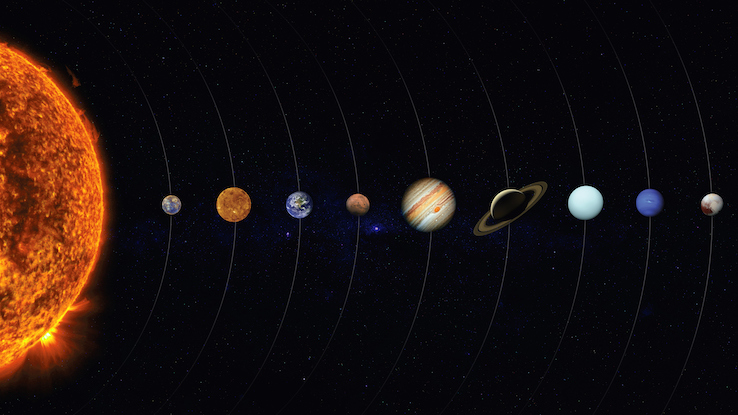
There’s no doubt about it — outer space is fascinating. It sparks our imaginations, ignites our curiosity, and leaves nearly all of us wondering about what’s still to be discovered as we continue venturing into the unknown.
Ultimately, our solar system is just one of billions across the universe, but that doesn’t make it any less interesting. It’s still an intriguing place filled with unique wonders, many of which scientists are still working to figure out today. Still not convinced space is spectacular? These 20 fascinating facts about our solar system are sure to change your mind.
1. The Solar System Is 4.6 Billion Years Old
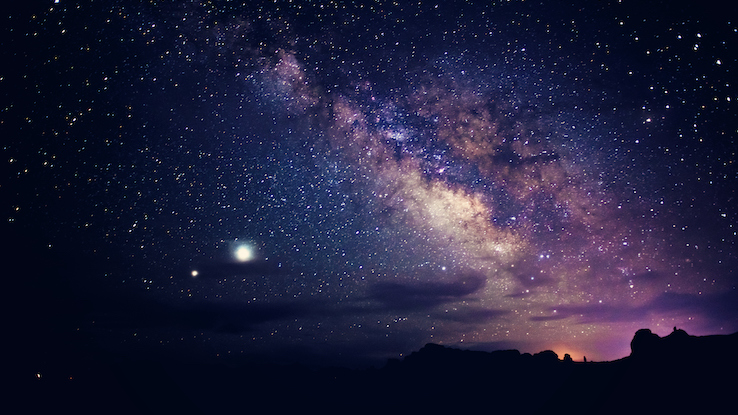
While it’s impossible to estimate the exact age of the solar system, scientists do have a solid idea of its age. Overall, the sun and planets formed together from a cloud of dust and gas approximately 4.6 billion years ago.
Many scientists believe that the dust and gas — called a solar nebula — changed after a nearby star went supernova. The supernova caused the solar nebula to essentially collapse. Along with triggering the formation of the sun, it led to the creation of planets, asteroids, comets and moons. Once the sun formed and ignited, the resulting solar wind cleared away much of the remaining dust and gas.
2. Our Solar System Is Massive
Generally, our solar system is defined by NASA as our sun and everything orbiting it. If you use Pluto as an outer boundary, its diameter is estimated at 79 astronomical units (AU). One AU is the distance between the sun and Earth, which works out to approximately 150 million kilometers, or around 93 million miles.
3. It Takes More Than 8 Minutes for Light From the Sun to Reach Earth
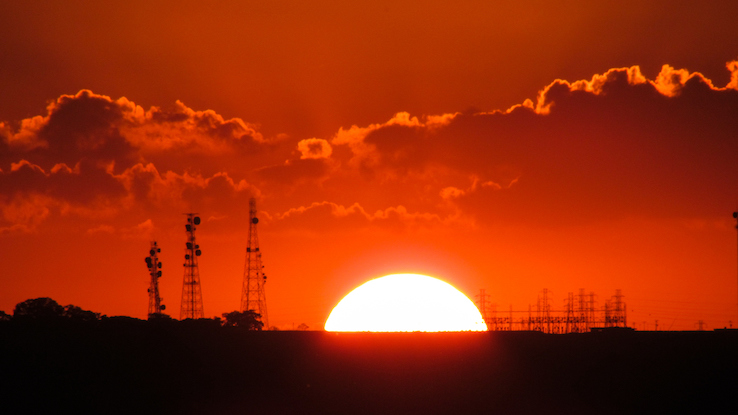
When people think of “light speed,” we typically view it as a near-instantaneous event. But when it comes to light crossing the vastness of space, it actually takes longer than many of us might expect.
Overall, light from the sun has to cross a vast distance to reach Earth. Making it across just 1 AU takes 8.3 minutes. Even Mercury, the planet closest to the sun, has to wait 3.2 minutes.
For Neptune, the farthest known planet in the solar system, that journey takes 4.1 hours. In many ways, that figure alone shows how large the solar system is, as it takes nearly 77 times as long for sunlight to reach Neptune as it does Mercury — and more than 29 times longer than it takes for sunlight to reach Earth.
4. Every Planet Could Fit Between Earth and Our Moon
While it’s no secret that planets are massive, when properly arranged, you could actually line them up between Earth and our moon. While they’d just barely fit, this shows how far the moon is from Earth, making it easier to understand the scale of the planets in our solar system.
5. Water Isn’t Rare
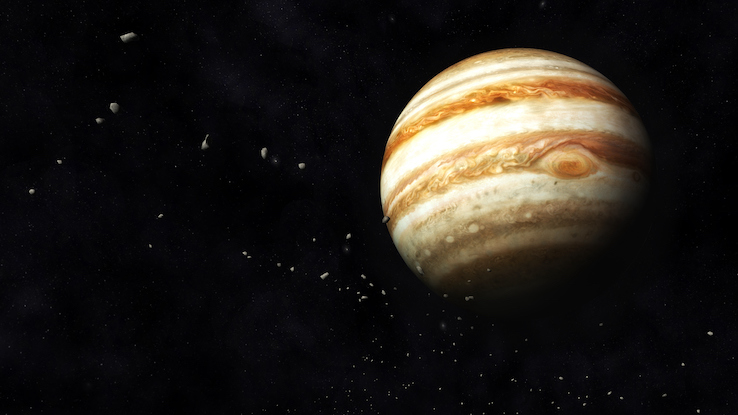
Initially, many scientists believed that water was pretty rare across the solar system. However, it turns out that isn’t the case. Along with ice being commonly found in comets and on asteroids, Europa, one of Jupiter’s moons, has liquid below its frozen surface. There’s also ice on the poles of Mars. Ceres, a dwarf planet, and Enceladus, a moon of Saturn, have ice, too.
However, not all of the water and ice are like what we find on Earth. Rosetta’s comet is a prime example; it features a carbon dioxide ice layer instead.
6. There’s a Volcano on Mars That’s Larger Than Hawaii
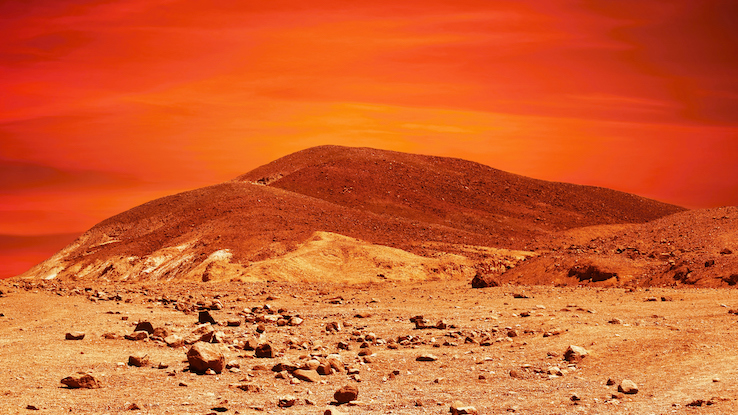
Mars is home to Olympus Mons, the largest volcano that’s ever been found in our solar system. Olympus Mons is massive — 100 times larger than Mauna Loa in Hawai‘i, which is the largest active volcano on Earth.
Plus, Olympus Mons measures approximately 374 miles across, making it larger than the island of Hawai‘i itself. At that size, it covers an area similar to the state of Arizona.
7. A Probe Has Visited Every Planet in Our Solar System
While reaching outer planets is no small feat, every planet in our solar system, along with dwarf planets Ceres and Pluto, have all been visited by a probe or other investigative spacecraft. Voyager 1 and Voyager 2 did much of the work after being launched over 40 years ago, relaying back data and images as they made their way toward the edges of the solar system.
8. Uranus Rolls Around the Sun
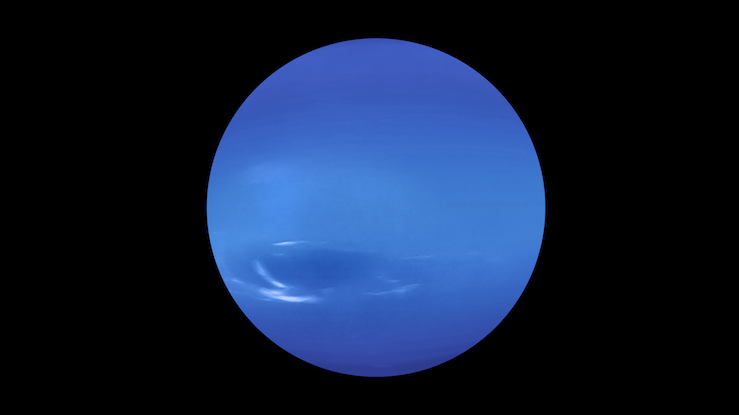
Many of us assume that all of the planets rotate in the same fashion. But that isn’t the case with Uranus. Instead of a classic spin, it rolls along as it orbits the Sun, not unlike a ball tied to a string and rolled around in a circle.
The reason for the unique tilt isn’t entirely known. However, scientists do know what the unique positioning means. Uranus often experiences extreme seasons, mainly because parts of the planet sit in sunlight (or in darkness) for decades. It’s believed this causes the potential for severe weather, such as massive storms.
9. NASA Crashed a Spacecraft to Avoid Contaminating a Potentially Habitable Moon
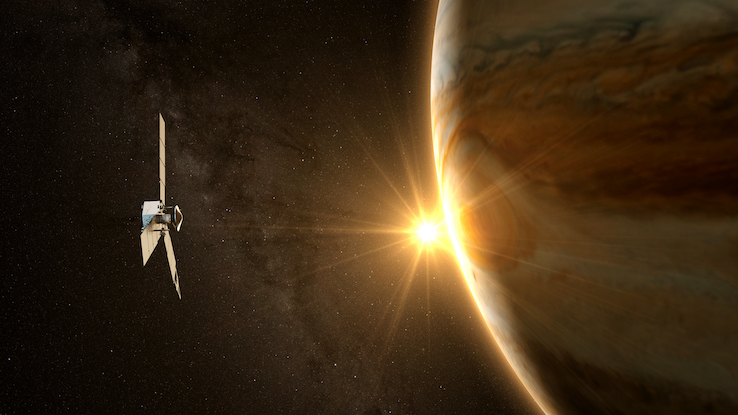
As time has passed, scientists have learned that microbial life is far more resilient than they expected. At times, these life forms have lived in harsh conditions like frozen tundras and underwater volcano vents. That made scientists more aware of the potential contamination of other planets and moons. It’s possible that microbial life could leave Earth on a spacecraft, survive in space and make its way to other locations in our solar system.
Based on that risk, NASA decided not to take any chances. Instead of allowing the Galileo spacecraft to potentially contaminate Europa, which has oceans that might sustain life, the agency crashed it into Jupiter instead.
10. Saturn Isn’t the Only Planet With Rings
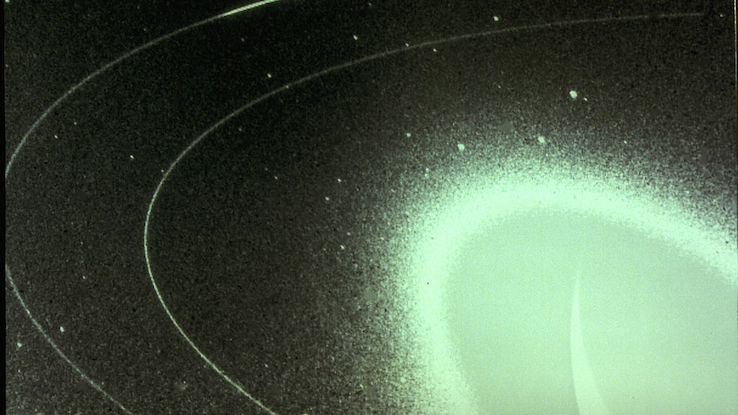
Saturn is known for its rings, which often serve as defining characteristics when we learn about planets in school. But these rings aren’t as rare as we’ve been led to believe. Instead, every planet on the outer half of the solar system — including Jupiter, Neptune and Uranus — has rings.
Saturn’s rings are somewhat unique from a solar system perspective, though. The ice in the rings that makes them so reflective isn’t found on other planets. Instead, the rings of Jupiter, Neptune and Uranus are mainly dust and particles, giving them a different appearance.
11. Io, One of Jupiter’s Moons, Is Dotted With Volcanoes
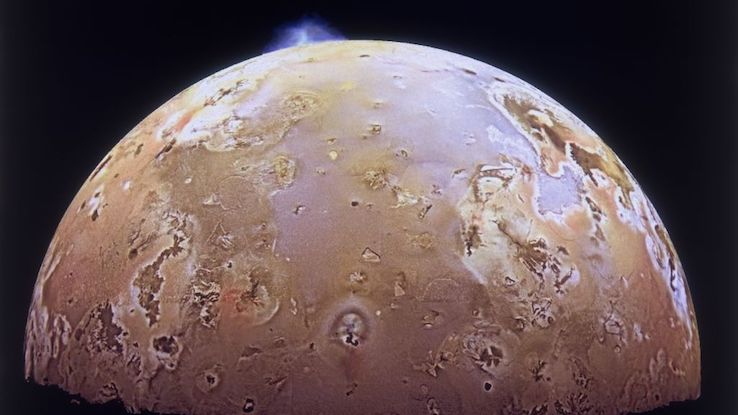
While our moon is a relatively calm place, Io is much different. There are hundreds of volcanoes along the surface instead. While it isn’t known how Io creates enough heat in its interior, it’s believed that gravitational forces and Jupiter’s magnetic field play a role.
Estimates suggest that Io releases 1 ton of particles and gasses every second. Those gasses and particles then travel through space.
12. 99.8% of the Solar System’s Mass Is the Sun
If you add up the total mass of every object in the solar system, the vast majority — a full 99.8% — is the sun. The remaining 0.2% is made up of the planets and satellites, like asteroids and comets, along with gas and dust.
13. Pluto Has Mountains
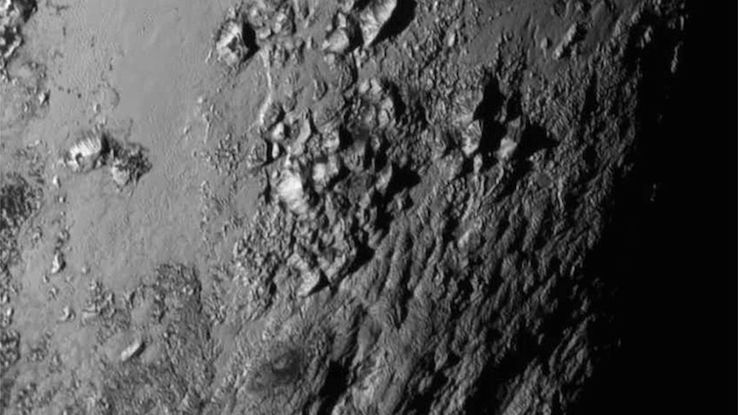
Situated on the edge of the solar system, Pluto was initially believed to be mostly uniform when it came to its surface. However, the New Horizons spacecraft revealed that Pluto wasn’t the gently crater-marked dwarf planet scientists thought it was; there were mountains on the surface instead.
Some of the icy mountaintops soared 11,000 feet into the air. Because of this, scientists determined that Pluto was geologically active some 100 million years ago.
Additionally, the spacecraft showed that Pluto’s atmosphere was far different than expected. While it releases tons of nitrogen gas, it appears to replenish the lost nitrogen. Exactly how Pluto generated enough energy for the mountains to form or how it continues to produce nitrogen remain unclear.
14. Our Solar System Is Home to Over 1 Million Asteroids
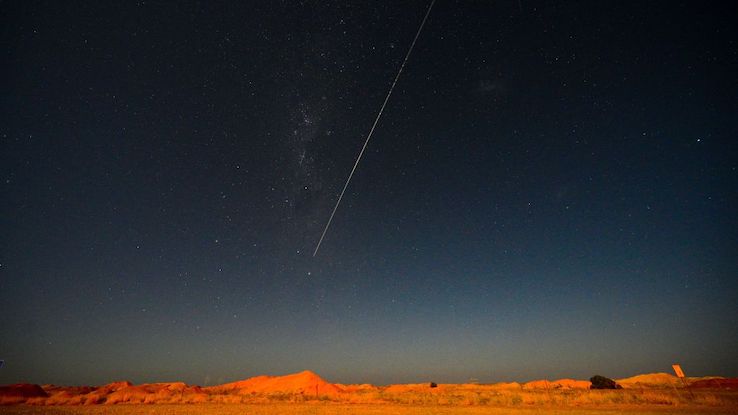
Throughout our solar system, there are more than 1 million known asteroids. The vast majority are in the belt between Mars and Jupiter, while others have unique orbits.
The largest known asteroid, Vesta, is massive — approximately 329 miles in diameter. Some of the littlest are 33 feet in diameter or smaller, showing just how much they can differ in size.
15. Mercury Is Shrinking
In 2016, data from the Mercury Surface, Space Environment, Geochemistry and Ranging (MESSENGER) spacecraft showed that Earth wasn’t the only tectonically active planet in the solar system. It also learned that Mercury has surface formations that indicate tectonic plate activity. Additionally, scientists reviewed the data and determined that Mercury was actively contracting and may continue to shrink for the foreseeable future.
16. Jupiter’s Great Red Spot Is Changing Shape
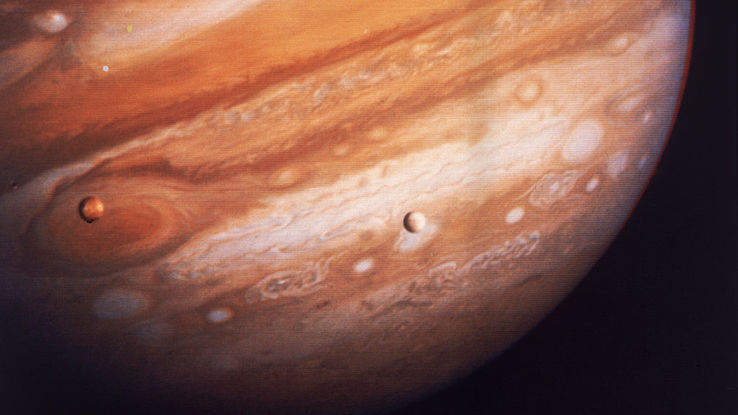
In another example that shows how planets can change, the Great Red Spot on Jupiter has been shrinking over the past 150 years or so. It’s also getting taller.
The Great Red Spot is actually a storm that spins like a cyclone. While it’s still highly visible today, the contracting of the storm could mean that it may disappear one day. There’s also evidence that the storm changing size and shape isn’t uncommon, so there’s a chance it’ll continue — just maybe not at the size it is today.
17. Gas Giants Aren’t Entirely Gas
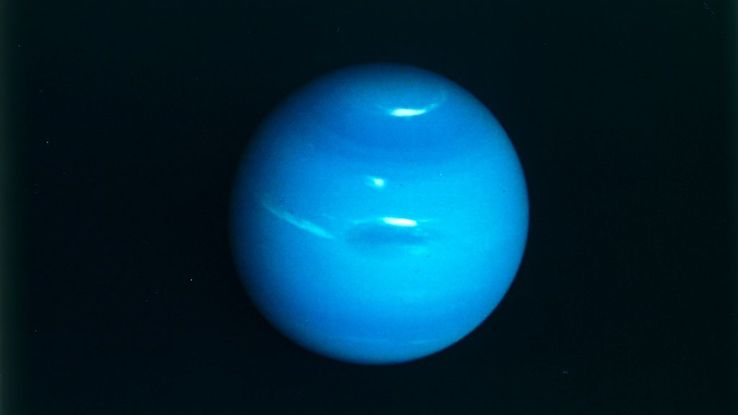
It’s common to assume that the gas giants in our solar system — Jupiter, Saturn, Uranus and Neptune — are entirely in a gaseous state. That isn’t actually the case.
While the bulk of gas giants is, in fact, gas, their centers usually aren’t gaseous. Since there’s a significant amount of heat and pressure toward their cores, the gasses compress. As a result, their centers are commonly liquid metal or rock.
Jupiter and Saturn have a liquid metallic hydrogen layer above a core that’s thought to feature metal alloys or rock. The same is believed to be true of Neptune. Uranus also has a rock or alloy core, though it’s surrounded by a fluid made of methane, ammonia and water.
18. It Takes Mercury Only 88 Days to Orbit the Sun, While Neptune’s Journey Lasts 165 Years
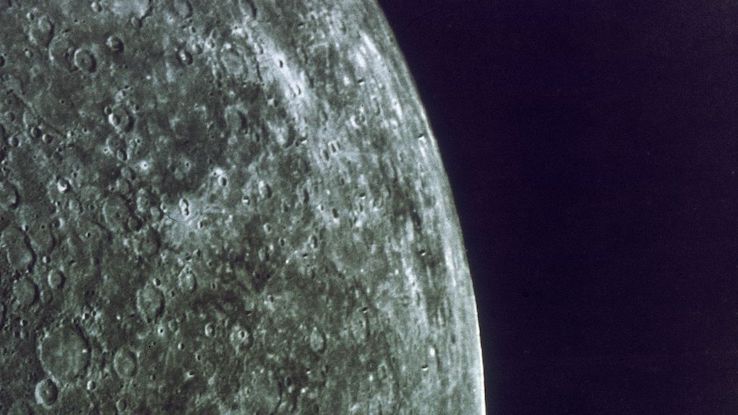
On Earth, we measure a year based on the planet completing a full journey around the sun. Using that as a time standard, many people are surprised how long “years” — complete journeys around the sun — last on other planets.
Because Mercury is closest to the sun, its orbit is the shortest. It can complete a revolution in just 88 days, meaning there are about 4.15 “Mercury years” for every year on Earth.
In contrast, Neptune is the farthest known planet in our solar system. In total, it takes around 165 Earth years for it to complete just one orbit.
19. Venus – Not Mercury – Is the Hottest Planet
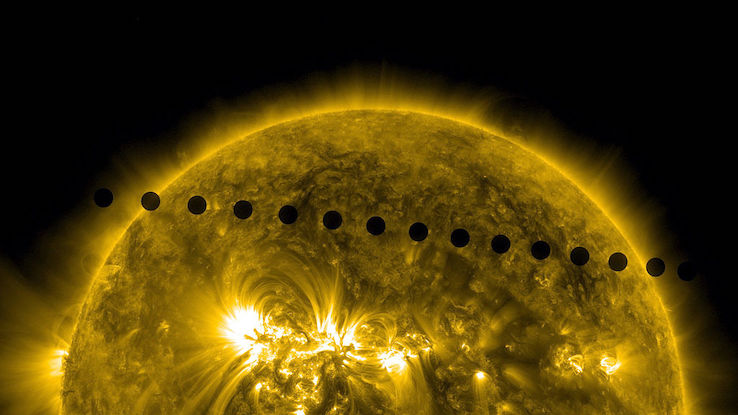
Generally, we’re taught that the closer a planet is to the sun, the higher its ambient temperature is. By that logic, Mercury would be the hottest planet in the solar system, but that isn’t actually the case.
Instead, Venus — which is second-closest to the Sun — is warmer than Mercury. Surface temperatures on Venus can reach 900°F. Even the sunny side of Mercury usually tops out closer to 750–800°F.
The reason Venus is hotter is mainly due to the high-pressure environment and the planet’s atmosphere, which is full of greenhouse gasses and sulfuric acid clouds. Together, that causes heat to get trapped against the surface of Venus, which leads to higher temperatures.
20. Our Solar System May Be Bigger Than We Think
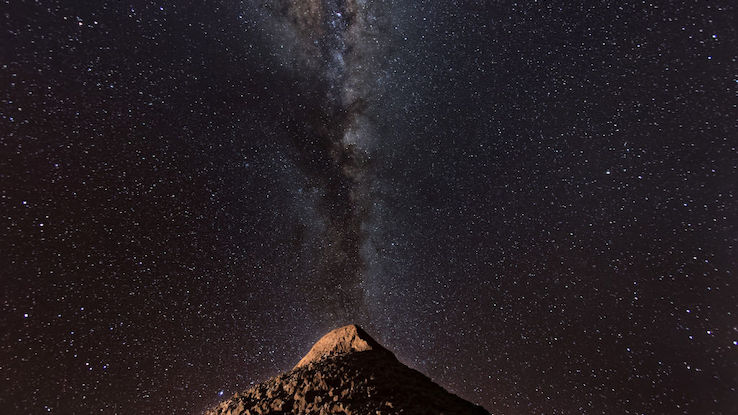
While most of us view Neptune as the last planet in the solar system, it’s possible another is lurking far off in the distance. Researchers used simulations and mathematical calculations to determine if there might be another planet, and some signs point to the existence of what’s been dubbed Planet Nine.
The main reason that some researchers believe Planet Nine exists is the movement of other known objects in space, specifically those in the Kuiper Belt, a ring of icy astronomical bodies. However, others think a black hole may be responsible, or that smaller objects are actually responsible for the movement. Ultimately, only time will tell us what lies beyond.





